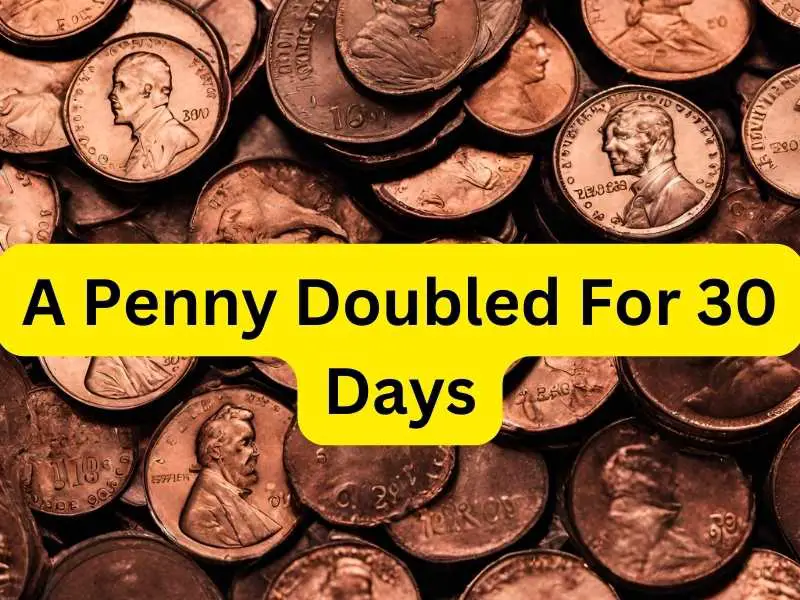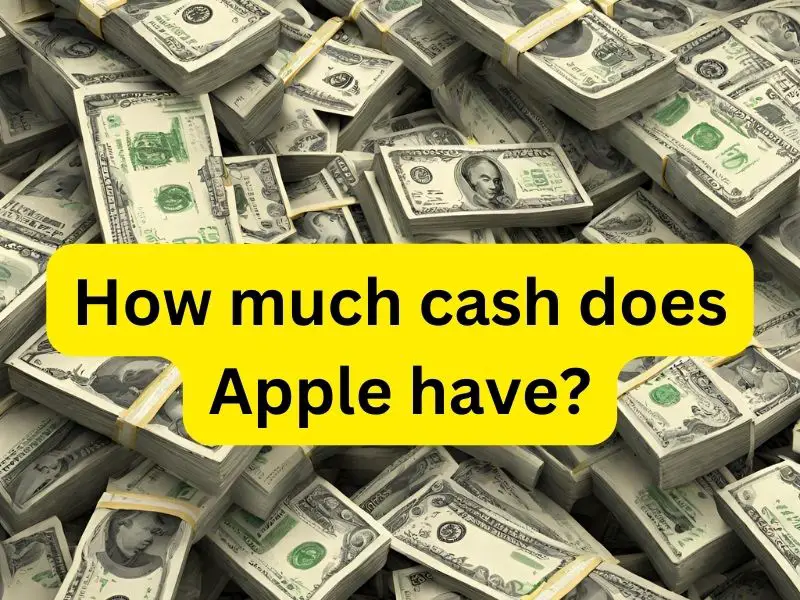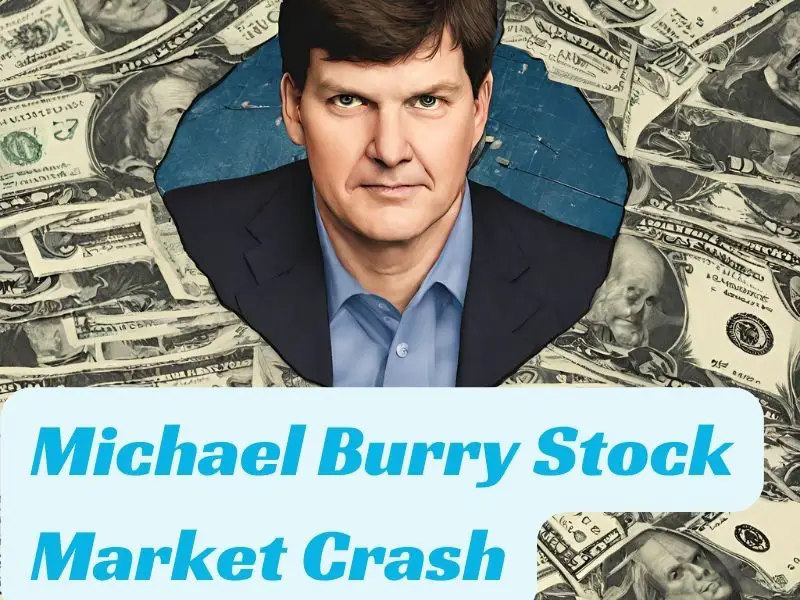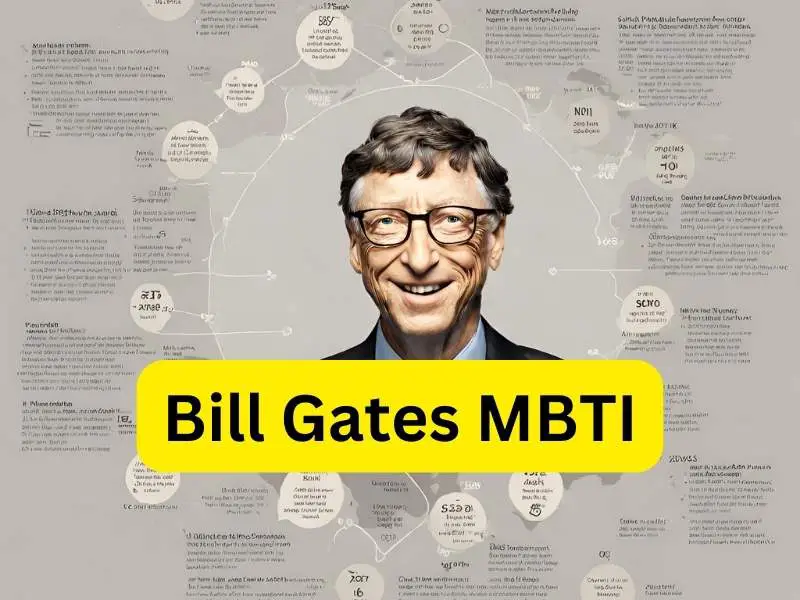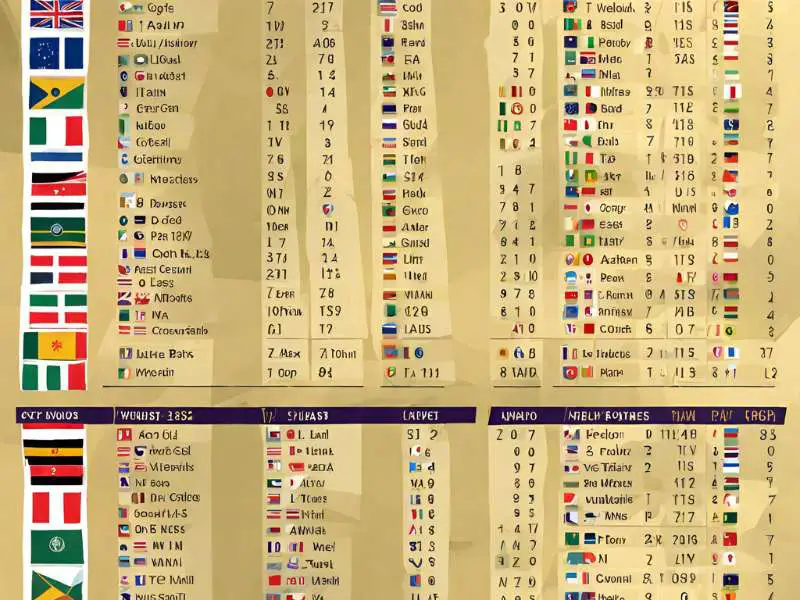A Penny Doubled For 30 Days – Latest Info
In order to understand the concept of a penny doubled for 30 days, it is important to analyze the information and data provided in a chart. This chart illustrates the exponential growth of a penny when doubled every day for a period of 30 days. The chart showcases the progression of the penny’s value over … Read more
